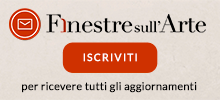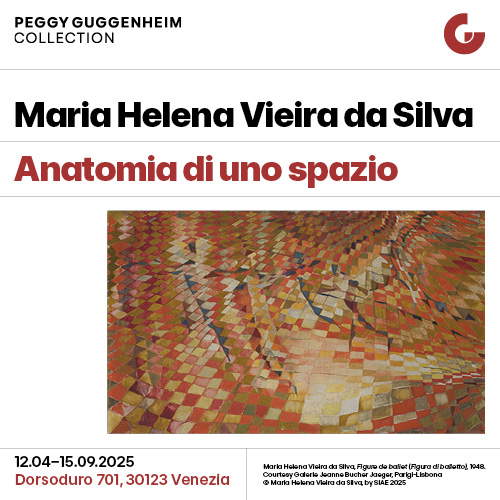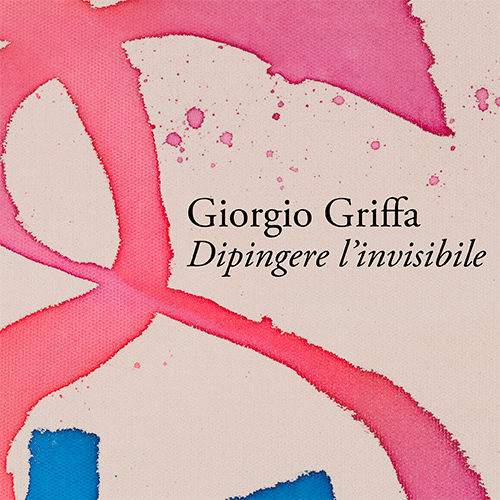Metamorphosis of creation and perception in the new Technologies of Art
This text is about the connection between art and technology. And I’m talking about technology that genuinely enables the creation of art. Technology as a protagonist, companion, and at the same time an indispensable tool in the creative process of contemporary artists. Some artworks are born from codes and pixels, challenging those who observe them.
This is what I recounted in my lecture last September at Futura Seoul, an art gallery in Seoul, Korea. In the 1960s, Billy Klüver (Monaco, 1927 – New Jersey, 2004), a Swedish curator and visionary, created Experiments in Art and Technology (EAT), a revolutionary project bringing together artists, scientists, and technologists. Thanks to collaboration with the cutting-edge Bell Laboratories in New Jersey, known for revolutionary discoveries and inventions, artists could experiment with technologies previously inaccessible to them. This allowed them to expand their creativity.
I encountered Klüver during my studies, becoming influenced by his work. The concept was clear: if the engineer could create EAT, we could develop something similar today. And this thought gave birth to the NEAT project. In reality, the idea came after attending a conference inspired by EAT, although the roots of my interest lay in the writings of sociologist Marshall McLuhan (Edmonton, 1911 – Toronto, 1980). Specifically, I cite McLuhan’s 1964 Understanding Media, where he emphasized art’s ability to anticipate social and technological changes. According to the sociologist, art acts as a warning system, preparing us for future transformations. Art doesn’t merely address aesthetics; it becomes essential perceptual training.
Also in 1964, artist Nam June Paik (Seoul, 1932 – Miami, 2006) built the Robot K-456, challenging the traditional idea of television as a passive medium. Paik transformed television into art and used satellite transmissions to create works that connected people worldwide. In the late 1990s and early 2000s, I met Paik, and the artist’s words influenced my thinking: Paik believed technology should not be confined to entertainment but become a tool to unleash poetic potential and promote dialogue between cultures. This vision remains relevant today, considering the new perspectives offered by the internet, blockchain, artificial intelligence, and augmented reality. Moreover, Paik often highlighted technology’s potential to connect people on a deeper level, a goal he felt was not yet fully achieved.
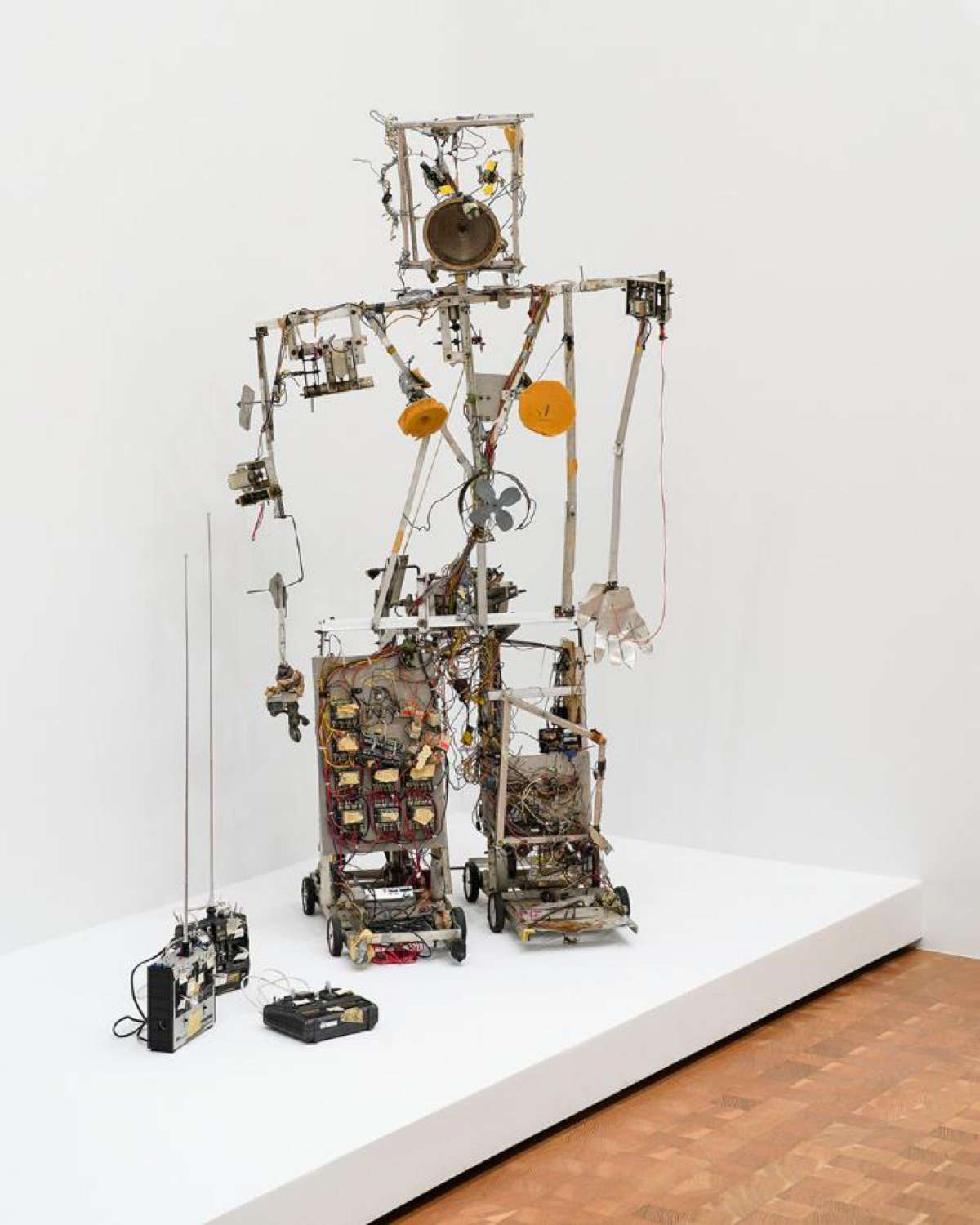
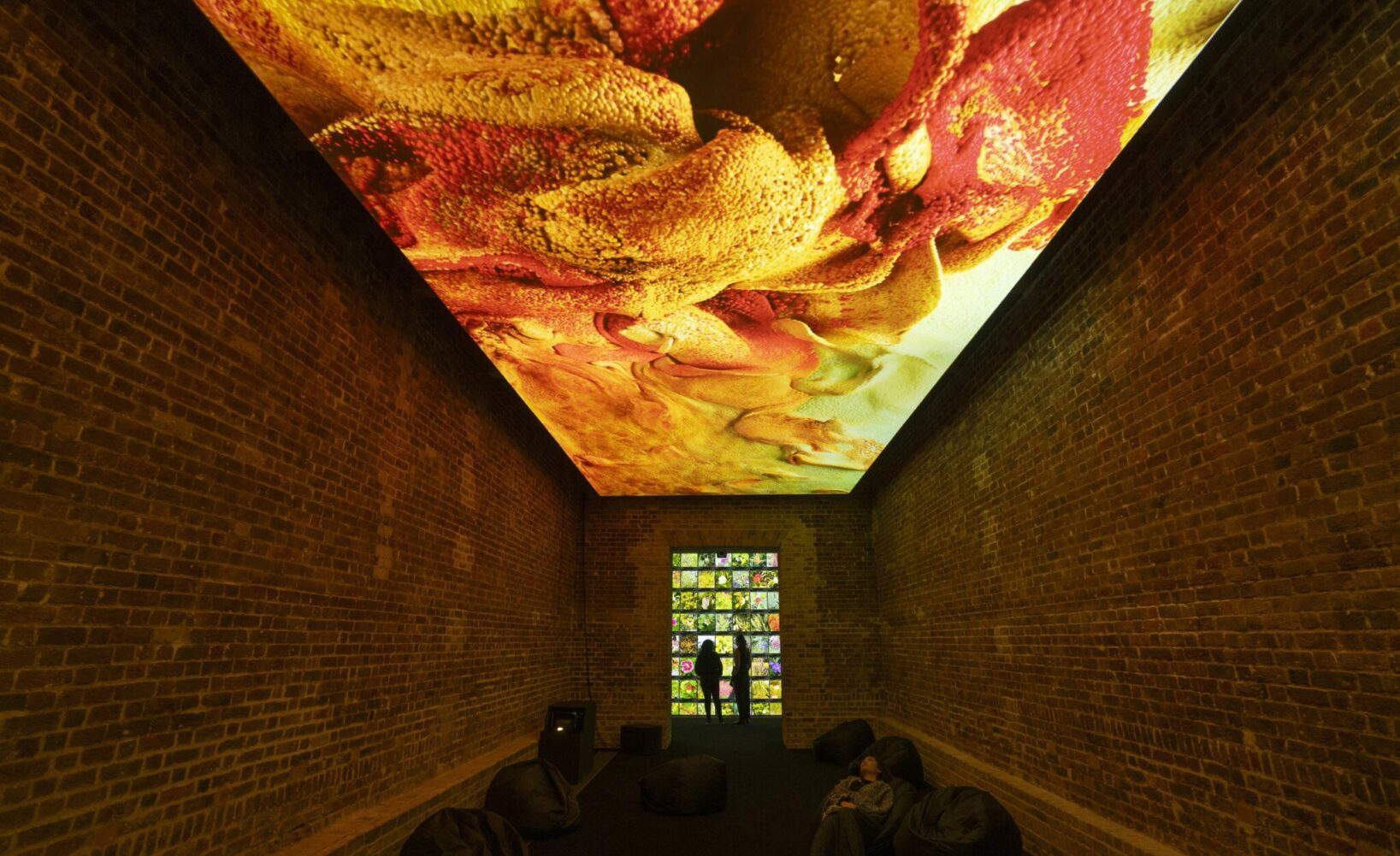
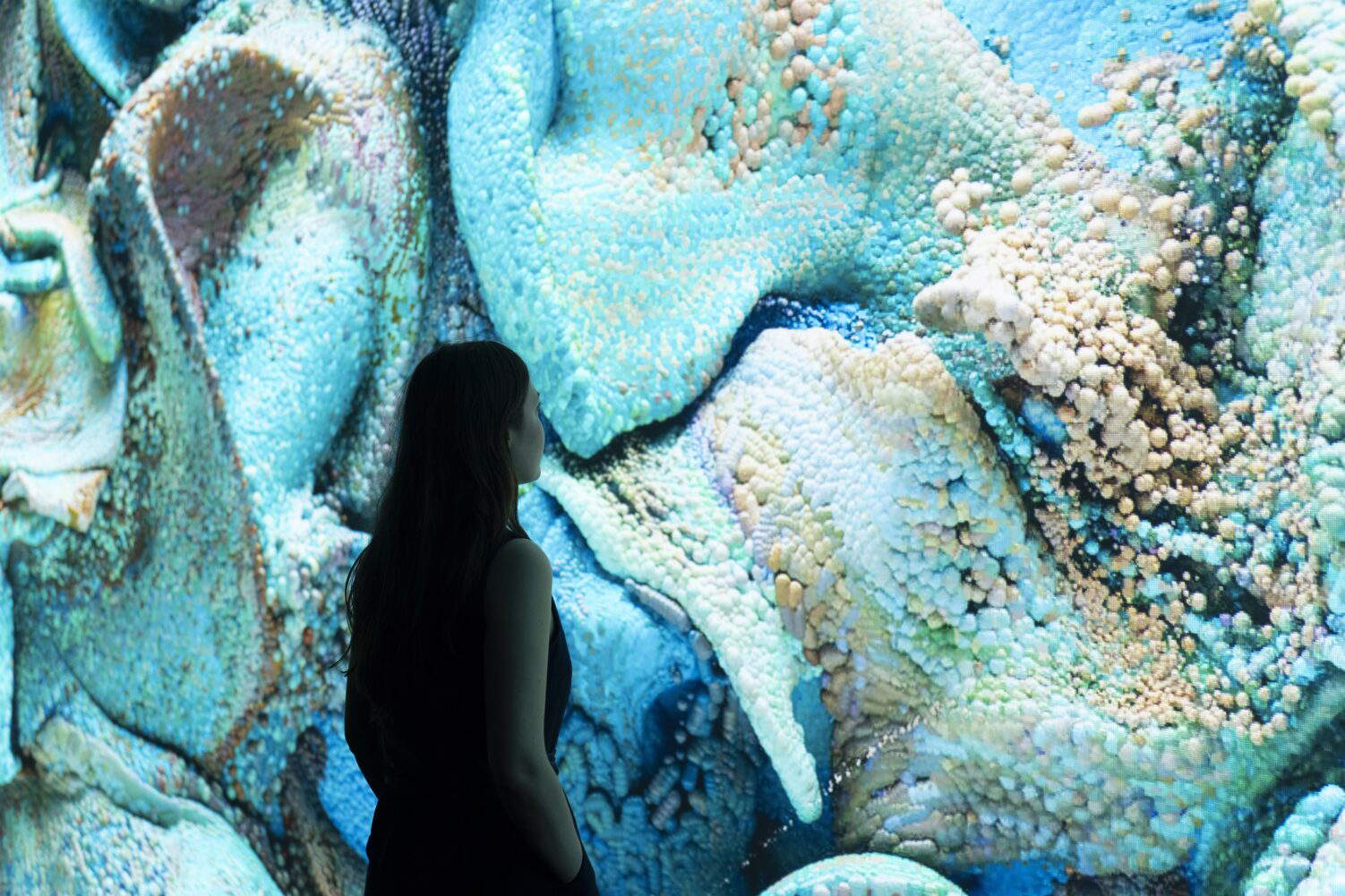
I believe the constant evolution of technology also shows how the future often arises from elements inherited from the past. In 2000, I curated my first exhibition in Seoul, inspired by Paik. In Seoul, I was captivated by the city’s massive electronic screens, then a rarity in European metropolises. Collaborating with Paik and other artists like Christian Boltanski, Pipilotti Rist, and Arthur Jafa, I conceived an exhibition that used large scale eclectric billboard to reach a vast and random audience. The result? A breakthrough from the boundaries of traditional galleries.
Those years were also crucial due to my meeting with scientist Heinz von Foerster (Vienna, 1911 – Pescadero, 2002), already in his nineties at the time. A prominent figure in cybernetics, von Foerster was one of the architects of second-order cybernetics movements. His career, starting in the 1940s, culminated in the 1960s with the development of the Second Power of Automatics application. A key aspect of his theory was the vision of the observer as an essential element of the system, placed at the center of every creative and scientific process. According to the scientist, humans are not merely external entities to the system. I explored this theme in numerous exhibitions but decided in 2006 to focus more on a single institution. Before then, I mainly worked with the Musée d’Art Moderne de Paris as a migratory curator. Since 2006, I’ve served as co-director and artistic director of the Serpentine.
From there, I began reflecting on how to integrate technology more deeply into an artistic institution. Later, I gave a TEDx talk in Marrakech about technology’s role in museums. After the event, I had a conversation with John Nash, a technology expert who expressed concern over cultural institutions’ lack of attention to technology and museums. This discussion highlighted a clear and troubling reality: many museums lacked a CTO, or Chief Technology Officer, a now-indispensable role in any organization. But why is this the case? And what exactly is a CTO’s role within an organization?
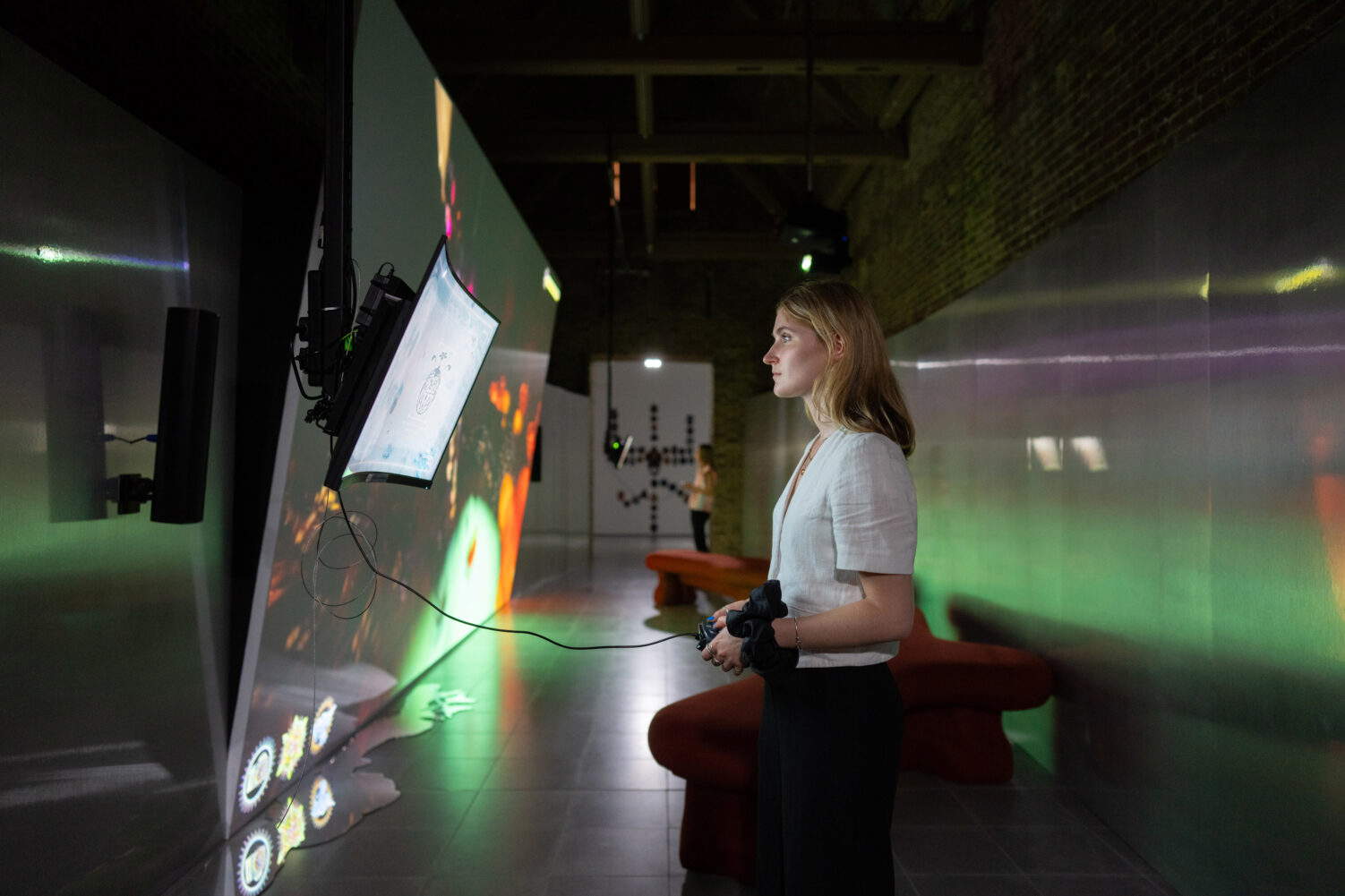
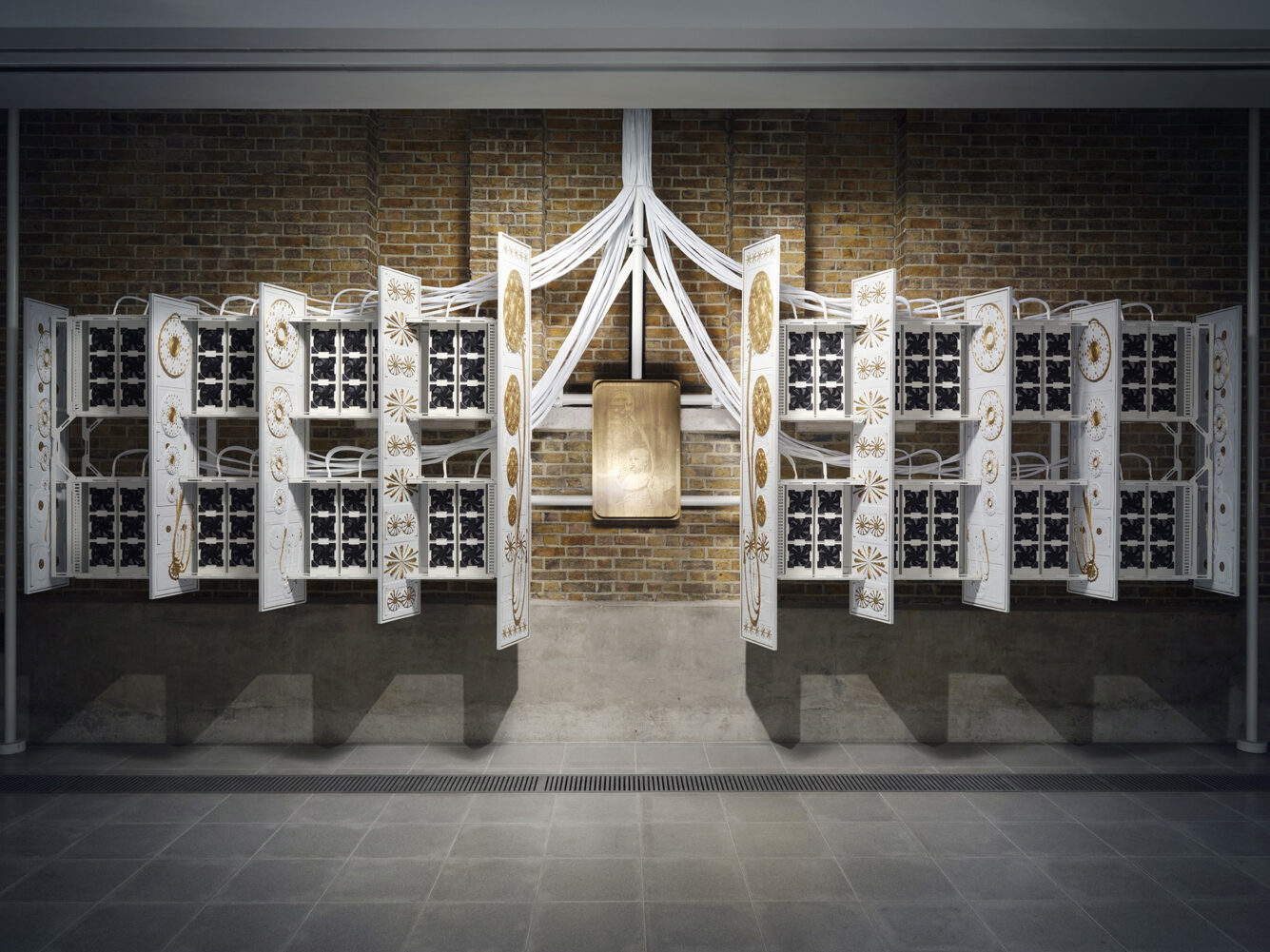
The Chief Technology Officer is responsible for identifying, analyzing, and presenting to the board the technologies to integrate into the company, aiming to optimize business and production processes. So how is it that every company has a Chief Technology Officer, yet major museums lack one?
At the time, John was part of a group of artists, critics, and curators in London: among them was Ben Vickers, a visionary technologist, along with other artists, writers, and brilliant minds. It became immediately clear that Vickers, with his strong educational background and desire to bring technology into institutions, was the right person for the CTO role. Initially invited by me to serve as curator of technology, he was later appointed Chief Technology Officer, tasked with forming a dedicated department.
Two goals were set: the first was to have a CTO. The second was to create a department with its own authority. Today, the department has six members, including five digital curators, and a structure that enables exhibitions and events. My vision aims for a harmonious integration of technology and art, avoiding compartmentalization. Each exhibition incorporates digital elements, as demonstrated by my decade-long collaboration with AI artist Refik Anadol (Istanbul, 1985). Today, various conceptual artists’ works transform galleries into immersive ecosystems. The images arise from the brain activity of people invited to imagine specific scenarios and are continuously reshaped through visitor interaction. In this context, unlike traditional exhibitions where objects remain static in space and devoid of dynamism, the artworks become living organisms capable of responding to and adapting to the contemporary system.
Since 2012 we built the Art & technology department at the Serpentine which now employs 5 curators, this allows us to work and show AI and develop video games, recent examples include Gabriel Massan curated by Tamar Clark Brown and The Call by Holly Herndon and Matt Dryhurst curated by Eva Jager.
Warning: the translation into English of the original Italian article was created using automatic tools. We undertake to review all articles, but we do not guarantee the total absence of inaccuracies in the translation due to the program. You can find the original by clicking on the ITA button. If you find any mistake,please contact us.
